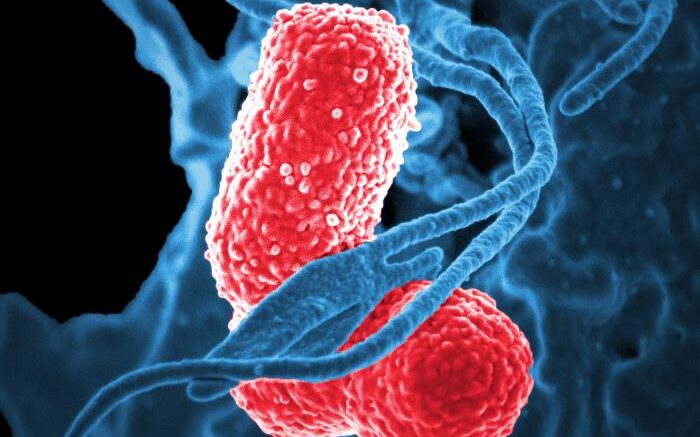Iwona, et al. (2023) say that up to 48% of ventilated coronavirus disease 2019 (COVID-19) patients develop ventilator-associated pneumonia (VAP) during hospitalization in an ICU, adding, "Dysbiotic oral microbiota can colonize the lower respiratory tract and lead to VAP. It is recommended to introduce oral care strategies in the ICU to prevent VAP."
In their study, the researchers observed the impact of an oral hygienic protocol with tooth brushing on cultivable oral bacteriota, the incidence of HAI and patient safety among mechanically ventilated COVID-19 patients in an ICU setting.
In this prospective cohort study, the researchers recruited 56 adult COVID-19 patients who qualified for mechanical ventilation. Patients were divided into two groups depending on the oral care procedure: standard and extended oral procedures with tooth brushing. Oral bacteriota samples were taken first within 36 hours and after seven days of intubation. Microorganisms were identified by MALDI/TOF mass spectrometry. bacterial healthcare-associated infection (HAI) cases were retrospectively analyzed by etiology. A PFGE study was performed for Klebsiella pneumoniae to check for clonal spreading of strains from oral bacteriota samples and HAI cases.
The researchers observed significant dysbiosis and a decrease in cultivable oral bacteriota diversity, with a high frequency of potentially pathogenic species, including Acinetobacter baumannii and K. pneumoniae. The HAI incidence rate was high (55.2/1000 patient-days), most commonly of K. pneumoniae and A. baumannii etiologies, which correlated with the presence of A. baumannii and K. pneumoniae in the oral samples. Strains isolated from VAP cases were the same as oral isolates in 8 cases. The procedure with tooth brushing led to less frequent identification of A. baumannii in oral samples (55.6% vs. 5.3%, p = 0.001); however, it did not decrease the incidence of HAIs.
The researchers conclude that dysbiotic oral bacteriota is an important source of respiratory pathogens. The introduction of tooth brushing in oral hygiene protocols in an ICU setting was effective in decreasing the extent of oral bacteriota dysbiosis; however, it did not reduce the risk of HAIs or mortality.
Reference: Iwona G-M, et al. Impact of tooth brushing on oral bacteriota and healthcare-associated infections among ventilated COVID-19 patients: an intervention study. Antimicrobial Resistance & Infection Control. Vol. 12, article number 17 (2023).
